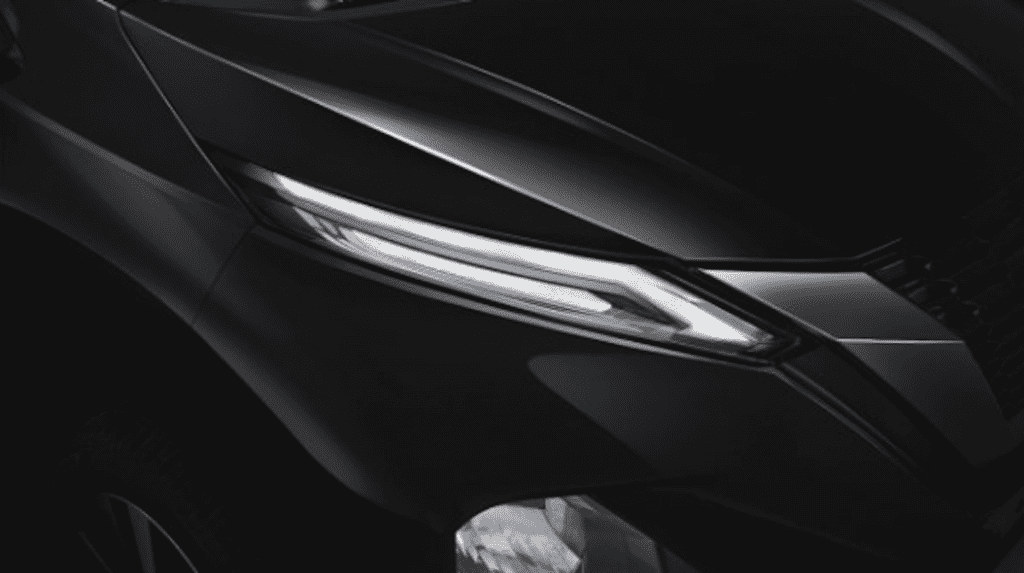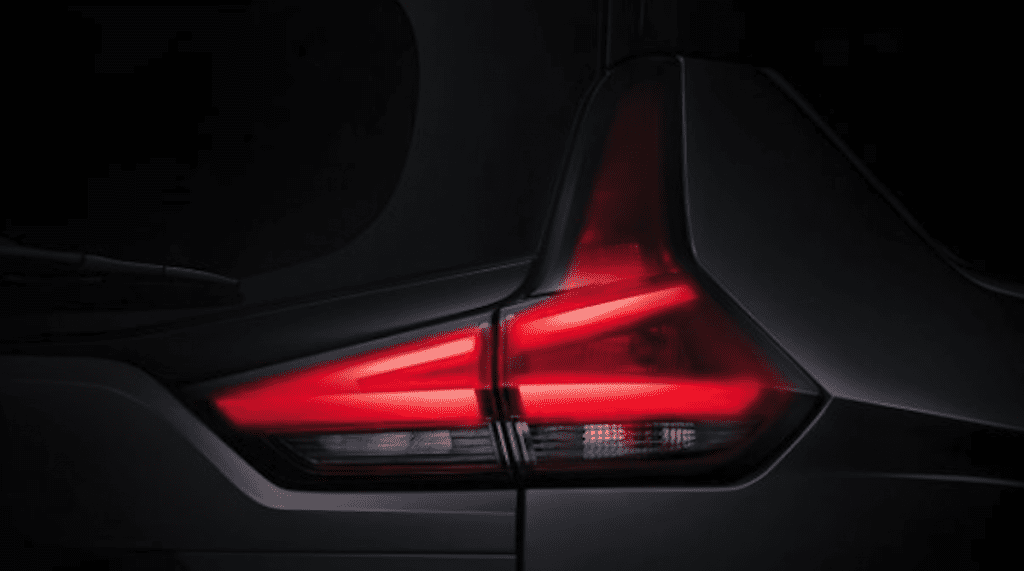We can’t deny that the Philippines is an MPV country. We just love vehicles that are flexible without breaking the bank. That’s why 7-seater MPVs have been popular among car buyers, especially those that have families.
The Mitsubishi Xpander is among the bestsellers in the country. As the spiritual successor to the highly successful Adventure AUV, it quickly gained popularity among MPV buyers. And as it turns out, Nissan Philippines wants in on the MPV market with its own MPV… based on the Xpander.
The Nissan Livina, as known in other markets it’s currently sold in, is a rebadged version of the Xpander. This is possible through the Renault–Nissan–Mitsubishi Alliance – a three-pronged collaboration between three automakers that was born in 2016.
To cut the story short, the three companies share technological and developmental costs, allowing them to strategize their approach to corresponding markets.

Just recently, a herd of Nissan Livina units was caught on Philippine roads, courtesy of Facebook user Cedric Mark D. Kalalo. Specifically, the Livina units were seen being carried by trailers that were on a plight through Bauan-Batangas Road.
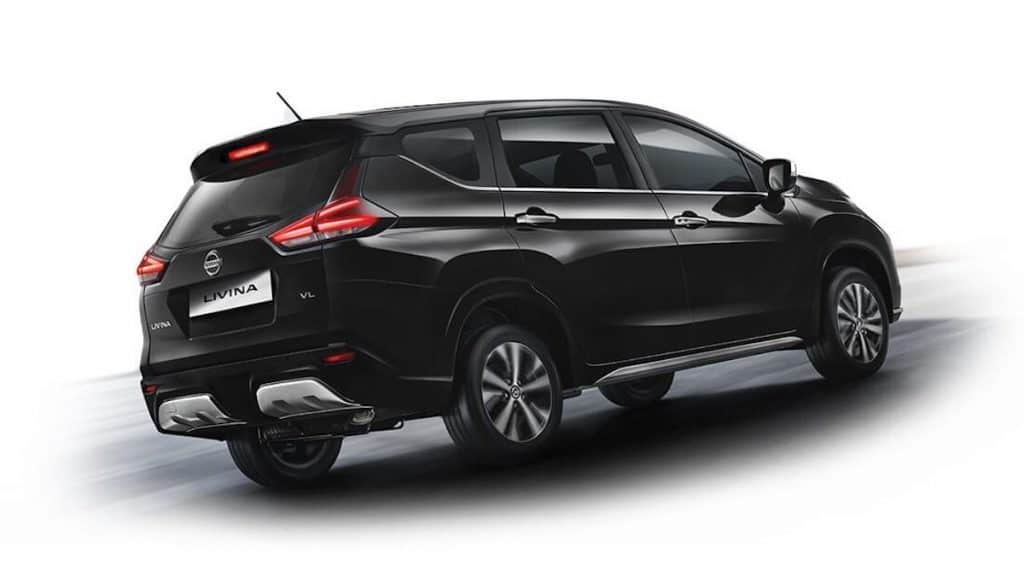
Having said that, we expect that Nissan Philippines is about to launch the Livina locally The timeline isn’t set as of yet, but we’re waging it will be sooner rather than later given that units are already here. With Nissan about to officially introduce the Kicks e-Power this August 12, we expect the company to launch the Livina in September.
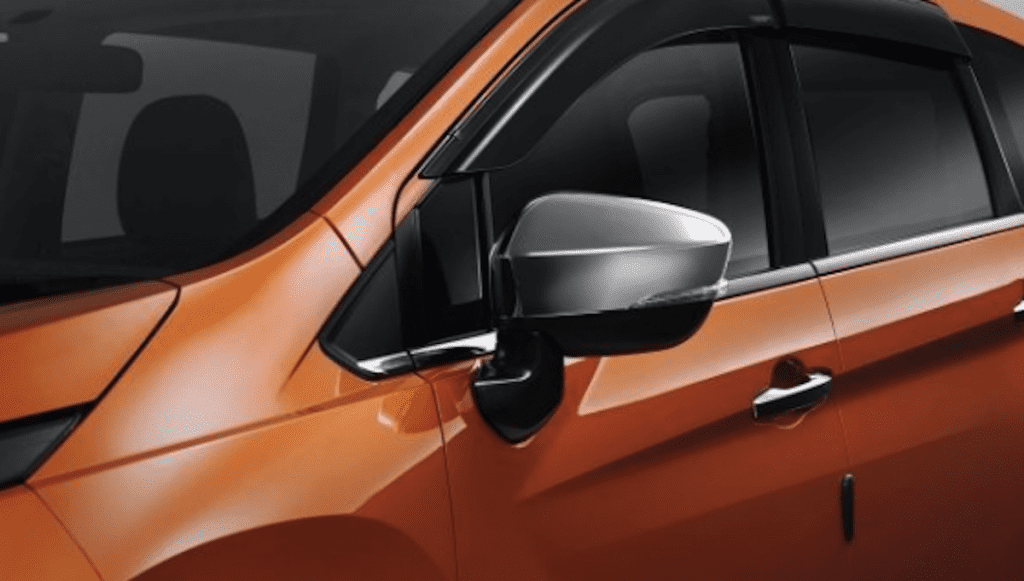
But what can you expect from the Livina? Looking at our neighbors and the current offerings in the small MPV, it’s quite easy to deduce what’s coming with Nissan’s own contender.
Design-wise, the resemblance of the Livina with the Xpander it is based on is quite obvious. The overall shape is from the Expander, while the multi-level lighting assembly up front just screams Mitsubishi. What’s different, however, is the integration of Nissan’s V-Motion grille. This adds a tad touch of class and a sense of normalcy in comparison to its Mitsubishi cousin, while the fishhook LED DRLs to add a bit of aggression with the styling.
At the rear, the Nissan Livina also adopts the L-shaped taillights, which somehow make it undistinguishable from the Xpander sans the badges. The taillights graphics are reminiscent of the Terra’s, though, so those are something we can look forward to.
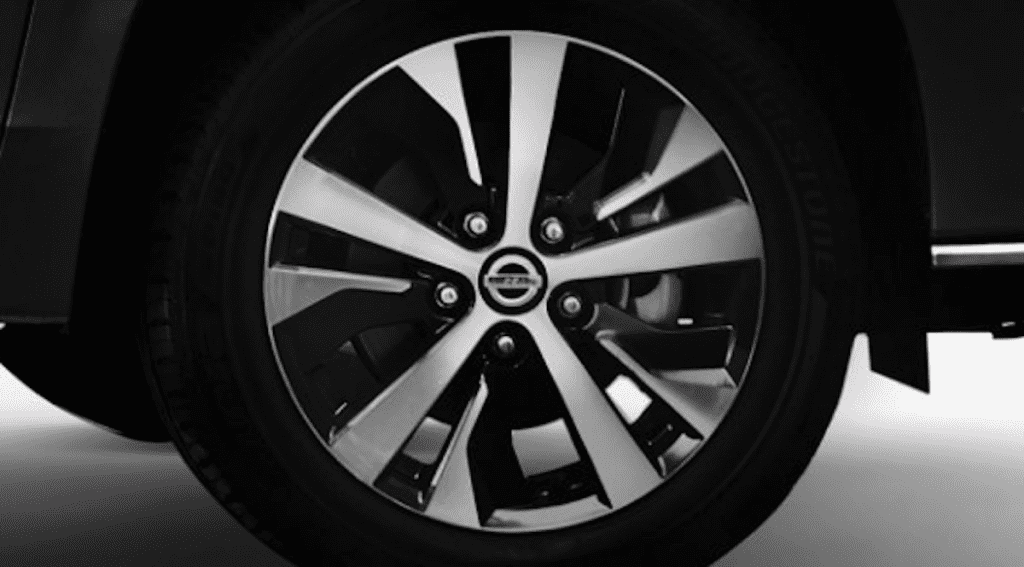
Inside, the available images on the web are from Indonesia where the unit is being assembled, so the steering wheel’s on the right side of the cabin. However, it’s easy to see how Nissan somehow tweaked the layout to make the Livina its own – or at least try. The HVAC controls look like they’re lifted from the pre-facelift Xpander, as well as the center console. The instrument cluster’s different, though, along with the Nissan-branded steering wheel.
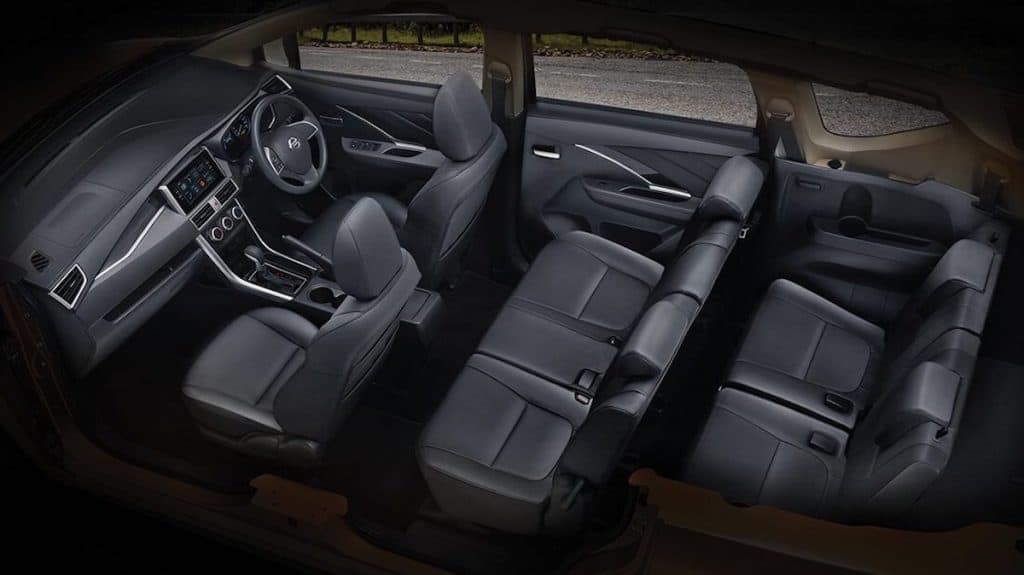
The infotainment system found in the one sold in Indonesia was also from the Xpander, but we expect Nissan to incorporate its own head unit in the local version – hopefully with Apple CarPlay and Android Auto.
Meanwhile, the Livina receives the practical placement of storage points found in the Xpander. These include the bevy of cubbyholes and storage boxes, as well as the shoe storage area under the seats. And of course, the Livina will remain to be a seven-seater – a primary selling point among the vehicles in this class.
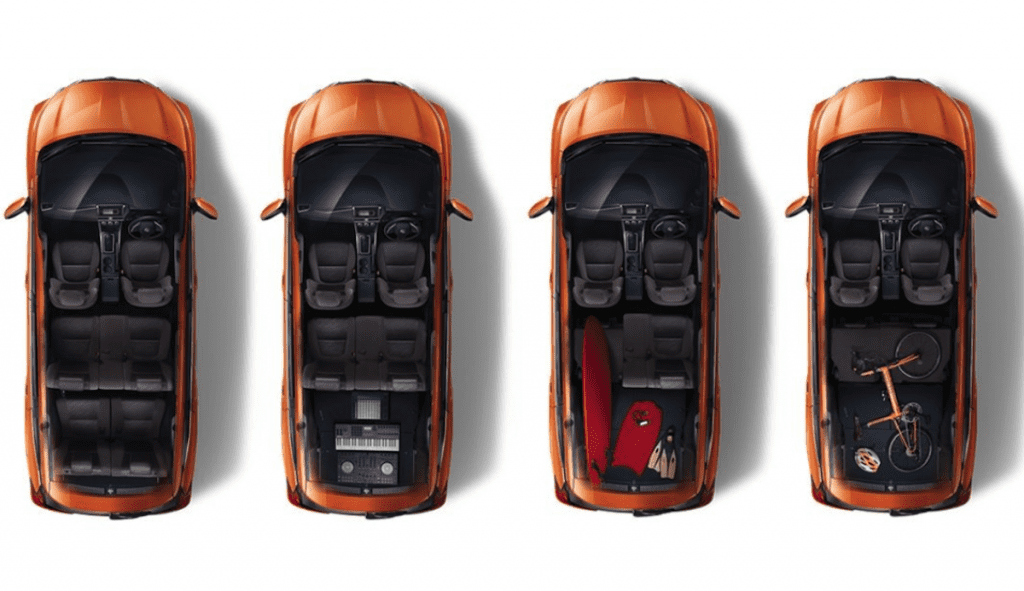
As for the engine, we don’t expect Nissan to shoehorn its own engine into the Livina as that will increase the cost. In fact, the Indonesian Livina is powered by the same engine found in the Xpander, which is a naturally aspirated 1.5-liter that makes 103hp and 141Nm of torque. The only question now is whether Nissan will use its JATCO CVT rather than the 4-speed automatic that the Xpander’s using. A manual gearbox will likely be offered for the base variants.
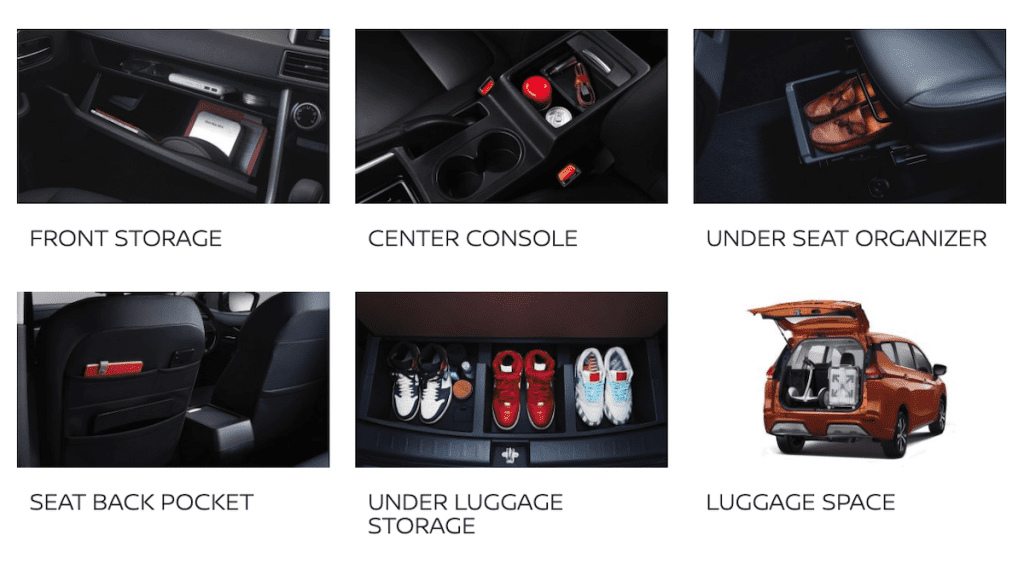
As for pricing, we’re still in the dark at this point. But if we’re to wager, Nissan Philippines will likely price the Livina competitively against the Xpander to get a share of the market.
Of note, the Xpander’s current price tag starts at P1,050,000 for the GLX MT and ceilings at P1,180,000 for the GLS AT. For Nissan Philippines to undercut the already popular Xpander, it needs to price it slightly below or even below P1 million. That sounds like a stretch, but seeing how the market responds to price difference (and ridiculously attractive promos), there’s merit in expecting an upset coming from the Yokohama-based automaker.


